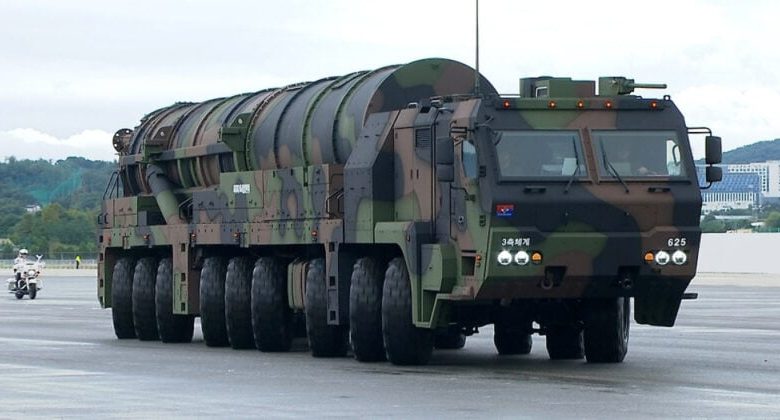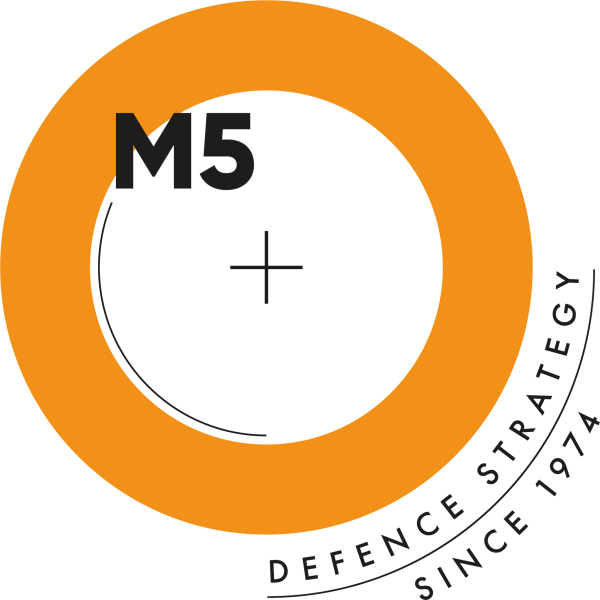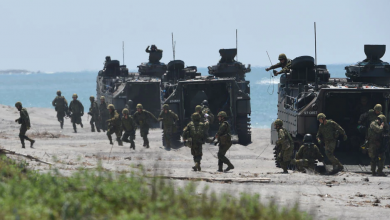South Korea to field ‘monster missile’ by year-end

South Korea’s Defense Minister Ahn Gyu-back confirmed that the country will begin operational deployment of the Hyunmoo-5 ballistic missile — known for its heavy warhead — by the end of this year.
In an interview with Yonhap News, Ahn stated, “Hyunmoo-5 is currently in the force integration process and will enter active deployment starting at the end of this year.” The missile, sometimes referred to in local media as the “monster missile,” carries a warhead weighing up to eight tons.
Hyunmoo-5 was first unveiled during last year’s Armed Forces Day and is designed to target fortified underground command bunkers used by North Korean leadership. The system is part of South Korea’s “Korean Massive Punishment and Retaliation” (KMPR) framework — a pillar of the nation’s three-pronged deterrence strategy alongside Kill Chain and KAMD (Korea Air and Missile Defense).
Ahn said in the interview that experts believe a volley of 15 to 20 of these high-powered missiles could inflict damage comparable to or exceeding tactical nuclear weapons. “Hyunmoo-5 is a weapon capable of achieving deterrence comparable to nuclear arms,” he said.
The missile is considered a counterbalance to North Korea’s expanding missile arsenal and recent displays of intercontinental ballistic missile (ICBM) technology. Ahn also commented on North Korea’s Hwasong-20 ICBM, which was recently showcased in a parade. “There are multiple indicators that suggest North Korea is preparing for a test launch of the Hwasong-20 within the year,” he said, adding that while signs of test readiness are visible, full-scale production of the new ICBM has not yet been observed.
Ahn emphasized that the government plans to continue enhancing both the range and payload of its missile systems as part of a broader strategy to improve defense posture and strategic deterrence. “We will continue to strengthen our defense readiness by expanding the number of next-generation missile systems,” he said.
The Hyunmoo-5 is part of South Korea’s broader effort to develop conventional strategic capabilities that can penetrate hardened targets and serve as a credible deterrent to Pyongyang without resorting to nuclear weapons.





